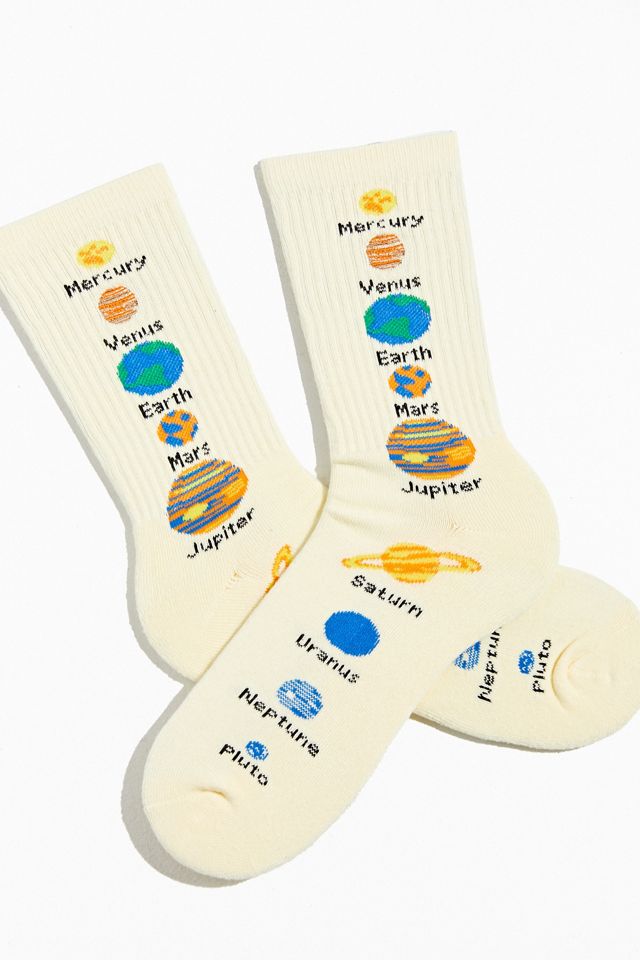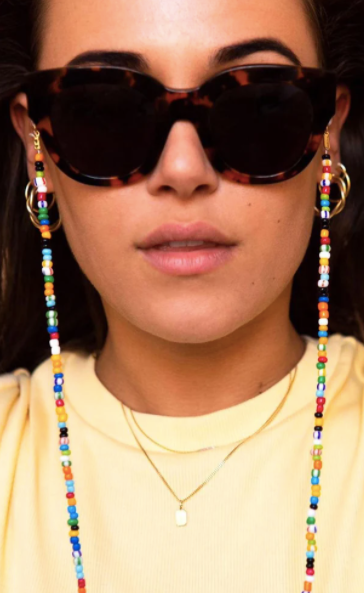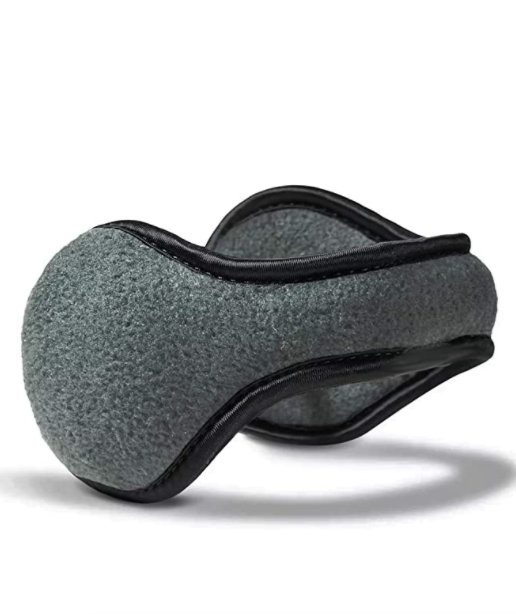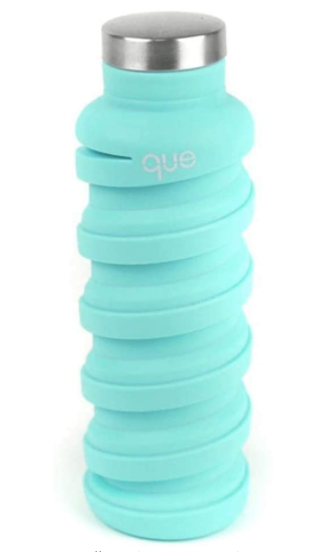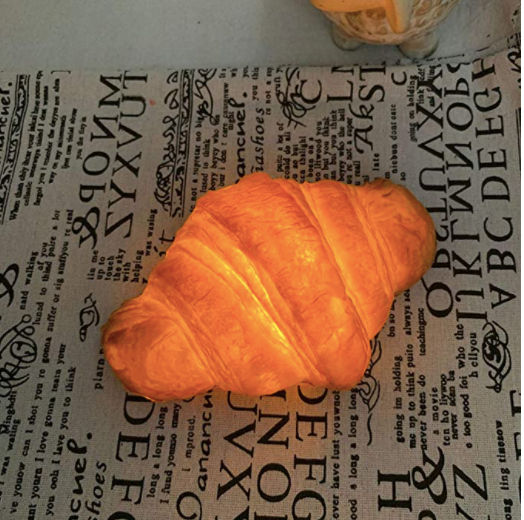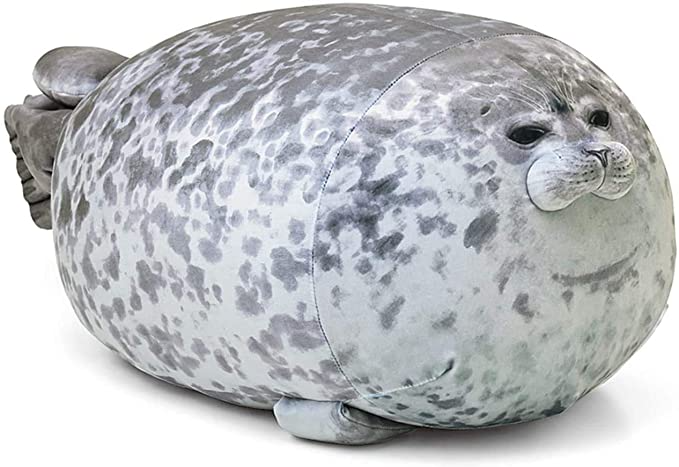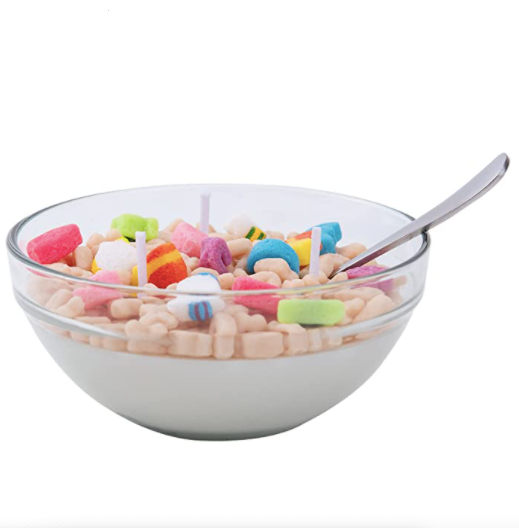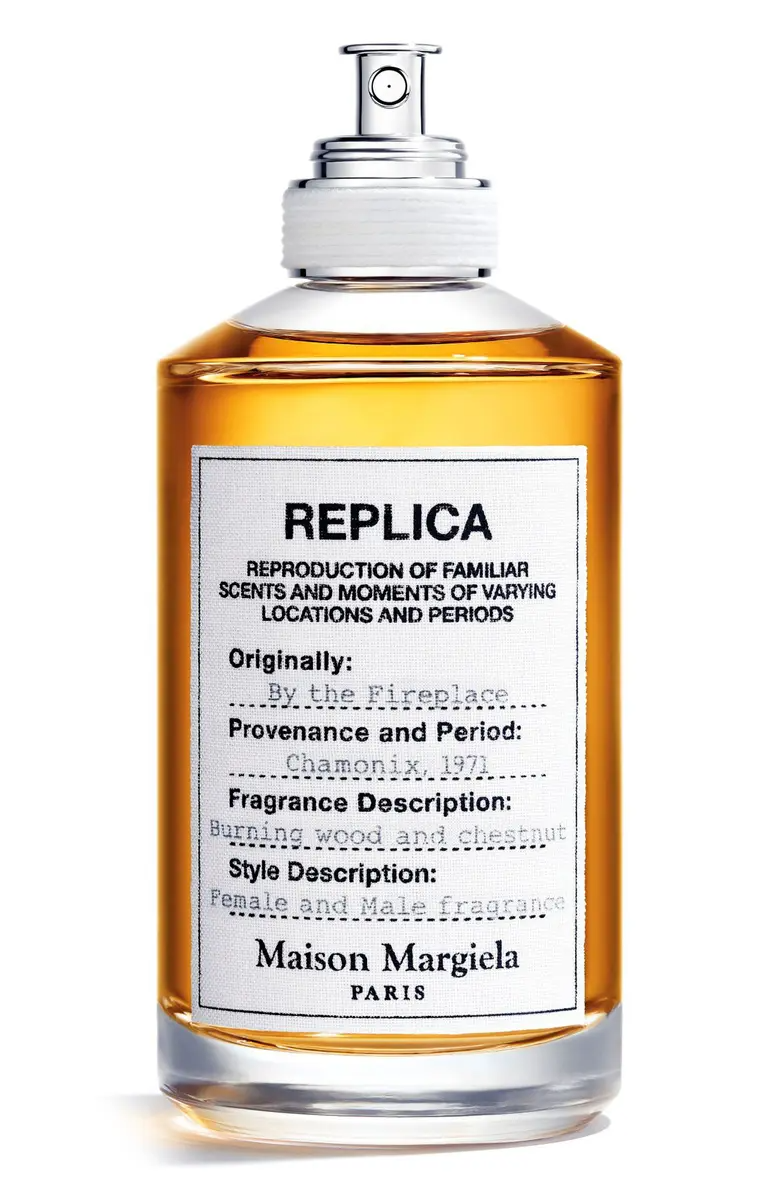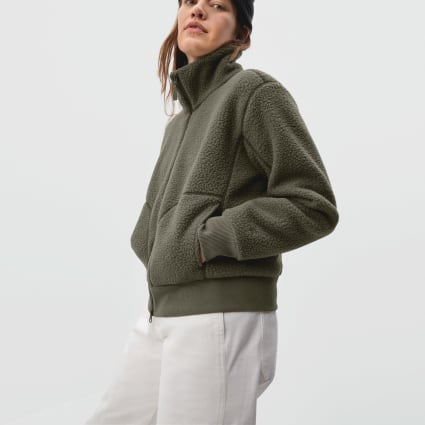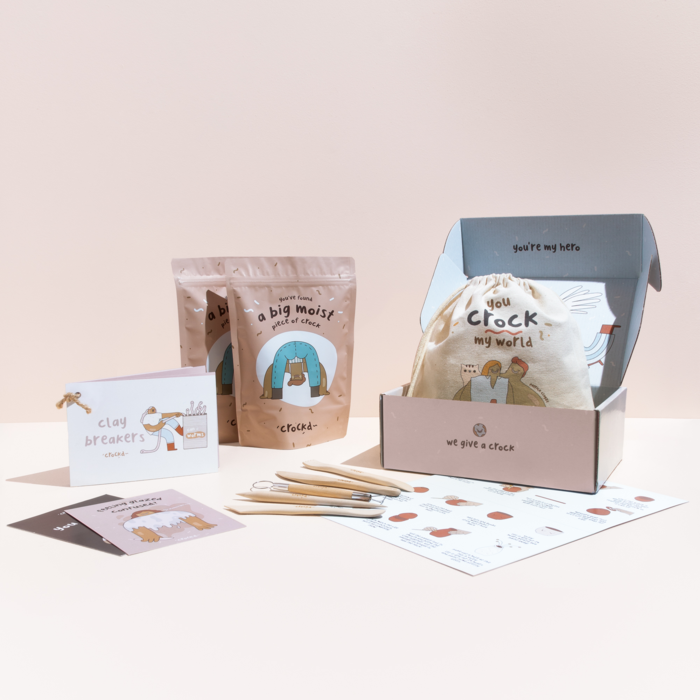Growing up, Louise Katzovitz had no interest in following fashion trends. Instead, Katzovitz was attracted to off-kilter garments that looked nothing like the clothes she saw on her peers. She remembers the first time she realized her affinity for statement-making pieces: In the early 2000s when she chose to wear a Betsey Johnson bubble skirt dress, which made her “look like a cupcake,” to homecoming. Katzovitz’s personal style has since evolved — she now prefers to wear minimal pieces and the occasional girly dress — but her affinity for larger-than-life fashion continues.
While Katzovitz now showcases her creations to thousands of followers on TikTok, Instagram, and YouTube, she never envisioned herself as a “designer.” As a kid, Katzovitz says she shone brightest in subjects like math and geometry; in college, she studied mechanical engineering. But her love for avant-garde fashion stayed with her, “like a bug in the back of my mind.” So while studying at Northeastern University, Katzovitz also enrolled in a certificate program at the Massachusetts College of Art and Design, where she took classes in fashion, design, and sustainability.
After college, she worked as a full-time mechanical engineer in Boston, while dabbling with projects in fashion design on the side. This inspired her to start thinking about how to merge the two careers: “I wasn’t finding the perfect job that combined them, so I was just like, ‘I’m going to start making the things that I want to see in the world.’” With that in mind, six months ago, Katzovitz — who now works as a freelance mechanical engineer in San Francisco — started a YouTube channel, where she documents projects that range from a fire-lit cape to 3D-printed breastplates. She has since also joined TikTok, where some of her videos have been viewed over 500,000 times.

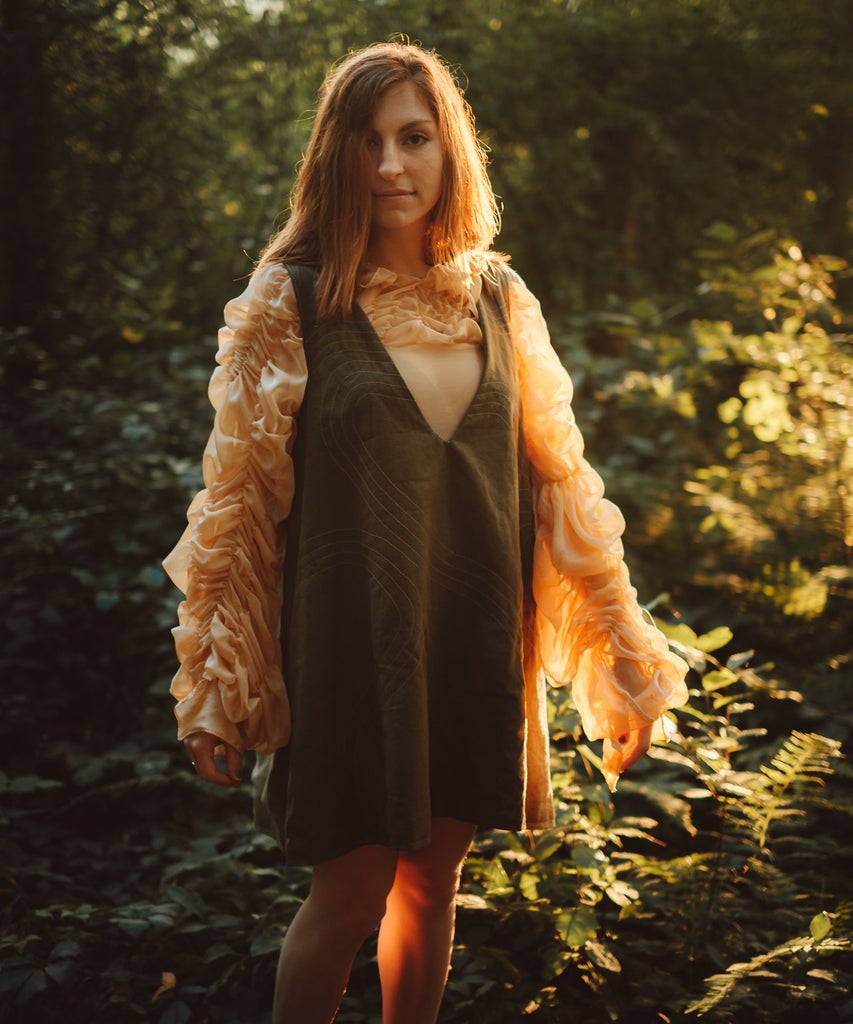
Rather than focusing solely on the design aspect though, Katzovitz is using engineering and science to create one-of-a-kind inventions that are more technologically advanced than anything available on the retail market today. Imagine: a self-laced corset and 3D-printed clothing that changes color.
For her fantastical creations, Katzovitz is often inspired by fashion runways or film. In April, she re-imagined a Schiaparelli Spring 2021 couture dress. But rather than create cut-outs decorated with teeth-shaped embellishments, Katzovitz decided to employ Hungry Hungry Hippos pieces: “There was just a perfect arena in the cut-out.” To create the board game-inspired detailing, she used a 3-D printer, later embellishing them with pearls and stones to channel the original Schiaparelli ornaments. In September, Katzovitz mimicked a dress from a scene in Cruella, where Emma Stone’s white cape is dissolved by flames, revealing a red dress underneath. While Katzovitz didn’t actually light herself on fire, she sewed a mini cape out of flash paper — made of a mix of cotton fabric, sulfuric acid, and nitric acid — to create the visual effect of a flame. “I’ve always liked transformations in movies and I’m the type of person who gasps at them for real,” she says. “Transforming garments is my way to do that in real life.”
@louisekatzovitz Hippos being hungry 🦛#fashiontiktok #fashion #schiaparelli #fyp #3dprinting #engineering #femaleengineer #womeninengineering #mechanicalengineering ♬ Sunny Day – Ted Fresco
Katzovitz’s work is part of a larger revolution happening as a result of fashion and the STEM fields coming together. See: MIT’s Media Lab researcher Neri Oxman, as well as textile experts like Mark Liu, who have pioneered projects like a self-growing silk structure and zero-waste pattern making, respectively. On the fashion front, designers like Iris Van Herpen (a favorite of Katzovitz) and Zac Posen have made the case for the merging of fashion and technology, using techniques like 3-D printing and electromagnetic weaving that aren’t only innovative, but also visually stunning. Beyond the aesthetic and cool factor, the merging of fashion and technology has also proved useful for the sustainable future of the garment industry. Thanks to scientific advancements, the fashion industry now has access to biodegradable fabrics and cruelty-free alternatives like mushroom “leather.” Then, there is the conversation of how tech could help people with disabilities.
@louisekatzovitz SELF LACING CORSET YOUTUBE VIDEO IS UP! LINK IN BIO! #corset #selflacing #sewing #fashiontiktok #electronics #motor #power #accessibility ♬ today was a good day – ✗
The latter came up after Katzovitz shared that she was creating a self-laced corset that would allow her to put on her favorite bustier without the effort of lacing it herself. People started sharing their feedback on her Instagram posts for how to make the project work for people with disabilities. “That’s been a really fun thing that I found by sharing my work,” she says. “People are reaching out giving me their opinions on how certain revisions would help.” She recently finished said self-laced corset — an automated Bridgerton-style bustier that ties up with the push of a button — after months of testing micro motors and looking at other inventions like Nike’s self-lacing sneakers from 2016, now sold through its “Adapt” line. “We need to keep thinking how to bring this [type of technology] to the masses and help people,” she says.

Next, Katzovitz is working on a commission that requires her to recreate Michael Jackson’s red jacket from the “Thriller” music video, which she’ll further transform with LED lights inspired by a similar look worn by the singer on his “Victory” tour. “I’m really excited because this jacket was made like 40 years ago,” she says. “It’s crazy to think how much more technology for LEDs and batteries we have now.”
By documenting her projects, Katzovitz hopes to share insight into how science can help push the fashion industry forward. And, while it may seem that technologies like these are only reserved for couture shows or costumes for film, Katzovitz is set on making them more accessible for people who want fashion to serve them better — both visually and functionally. “I think people are becoming more intentional with design and what they buy, so hopefully clothes can become what people actually need and want,” she says.
Like what you see? How about some more R29 goodness, right here?
What Is Wearing A Corset Really Like?


